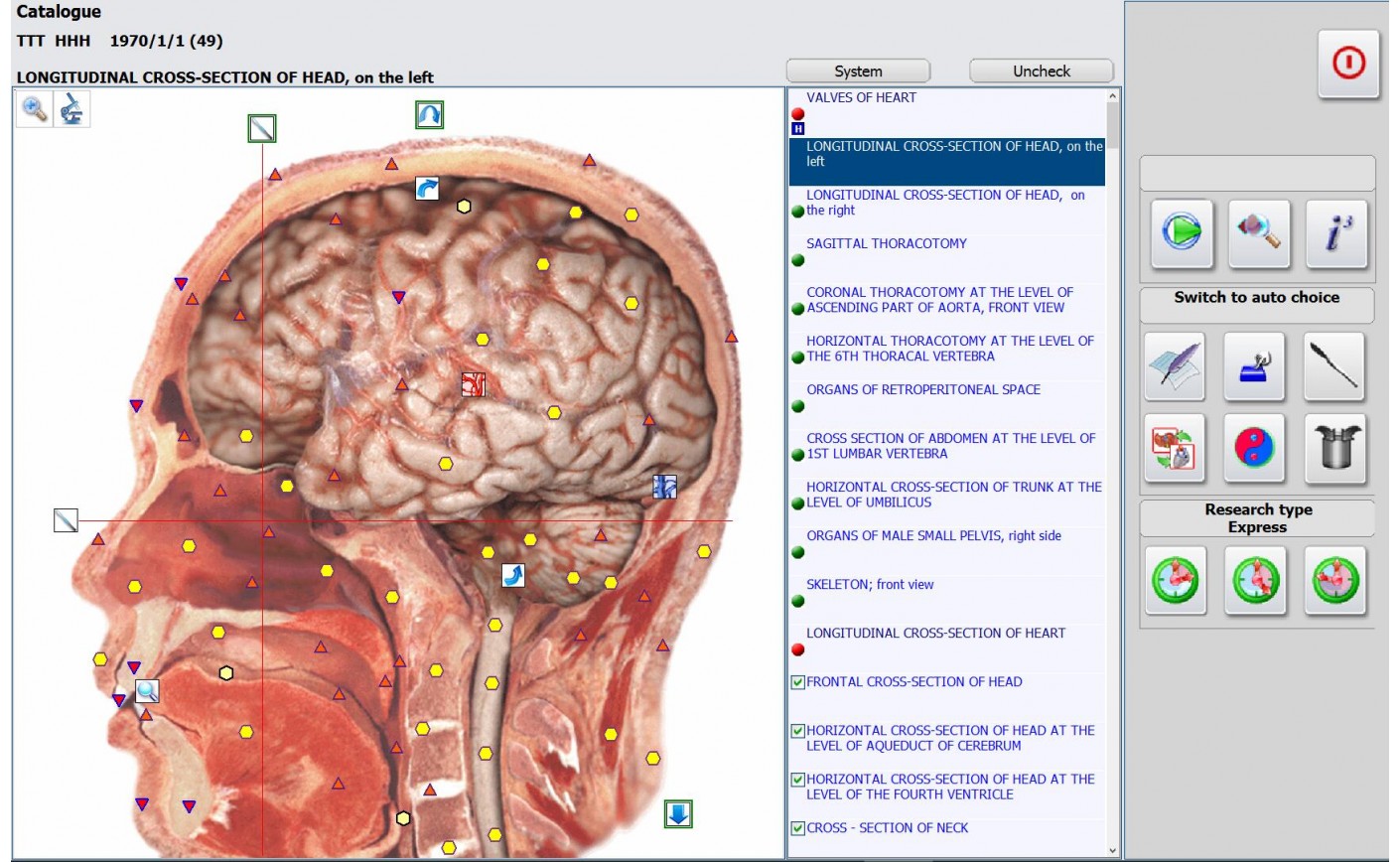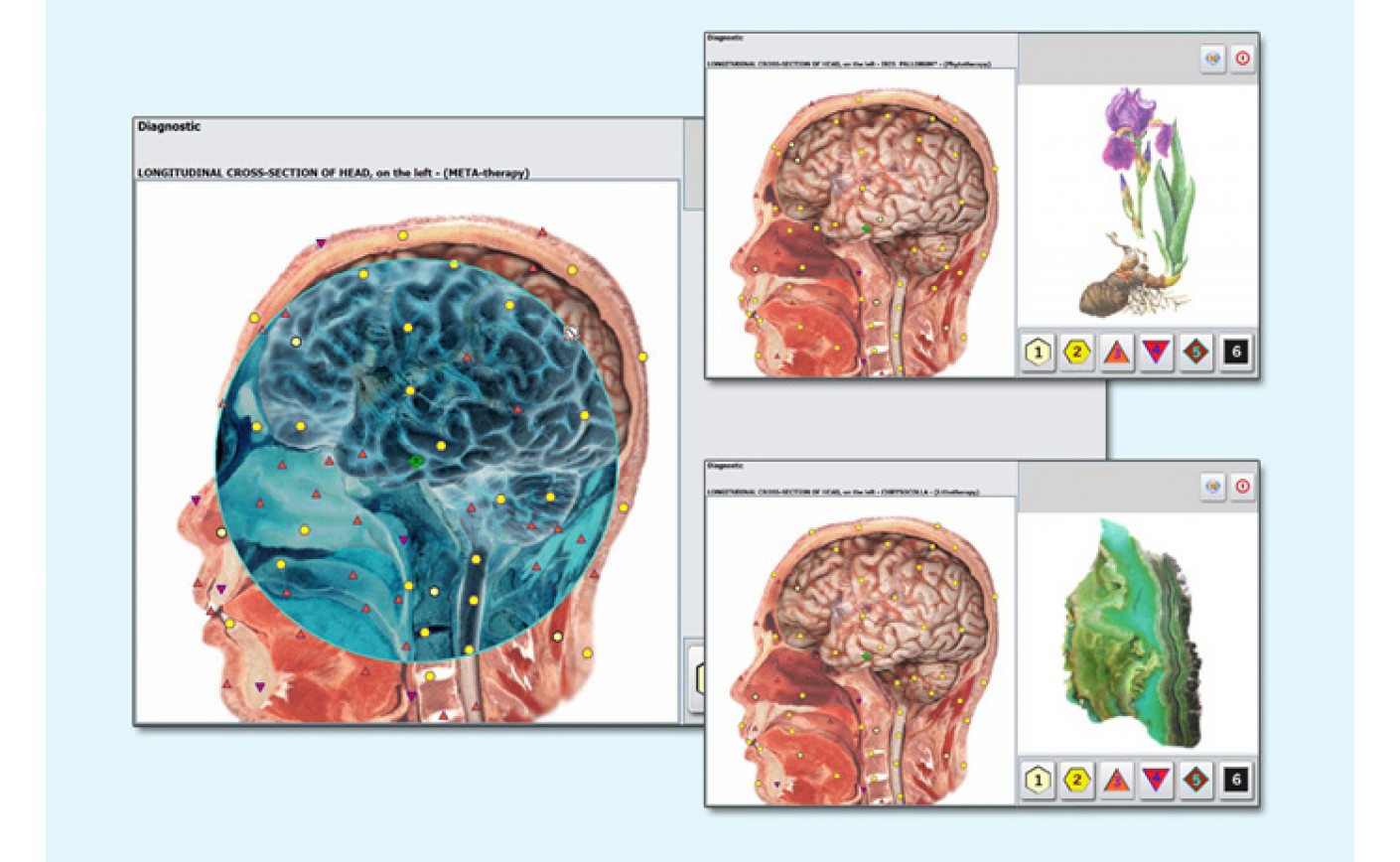Hunter 4025 Can Help Us In Diagnosis Of Lung Cancer
Lung cancer is one of the most widely spread in structure of human oncological diseases. It has continuous hidden course and clinically presented only when disease symptoms are quite apparent and only surgical treatment is possible. Due to this fact improvement of lung cancer diagnostics should be done in two following directions: search of methods for early tumor process detection at pre-clinical development stage and optimization and shortening of pre-operative tumor diagnostics period. Main diagnostic method is roentgenology of chest together with tomography. Roentgenological semiotics of lung cancer depends of form of primary tumor and composed of shadow pattern of tumor itself, caused by tumor airway conductance disorders and secondary metastatic changes in lungs, mediastinum and pleura. Modern computer technologies (computed tomography and its modifications, magnetic resonance imaging) made possible to extend significantly potentials of pathological changes in lungs visualization, but in practice they remain rather expensive and not readily available. At this background new method of hardware diagnostics ŌĆō NLS-examination of chest remains unclaimed; it is considered to have low information value due the fact that majority of experts are unaware of all potentials of modern NLS-diagnostic devices.
We do the study to evaluate diagnostic potentials of NLS- research and identifying of NLS-graphic semiotics of lung cancer various forms. NLS-research was carried out by system hunter 4025 that allows us to carry out 3D visualization of organs and histological substrates, carry out spectral-entropy analysis (SEA) of affection nidus tissues and lymph nodes in order to identify non-invasively their pathomorphological character.
NLS-research is informative radiologically-safe additional diagnostic method of malignant tumors of lungs. NLS-seniotics of lung cancer includes direct (tumor) and indirect (obturator atelectasis, metastases into mediastinum lymph nodes, exudative pleurisy) symptoms of malignant process. We offered classification of peripheral lung cancer into three groups, according to NLS-graphy, depending on macroscopic structure. Central cancer of lung is characterized by presence of lobar obturator atelectasis, which may be regarded as indirect sign of large exobronchial tumors in lung root, which are poorly diagnosed straight as typical catabolic processes beyond necrosis disintegration stage.


